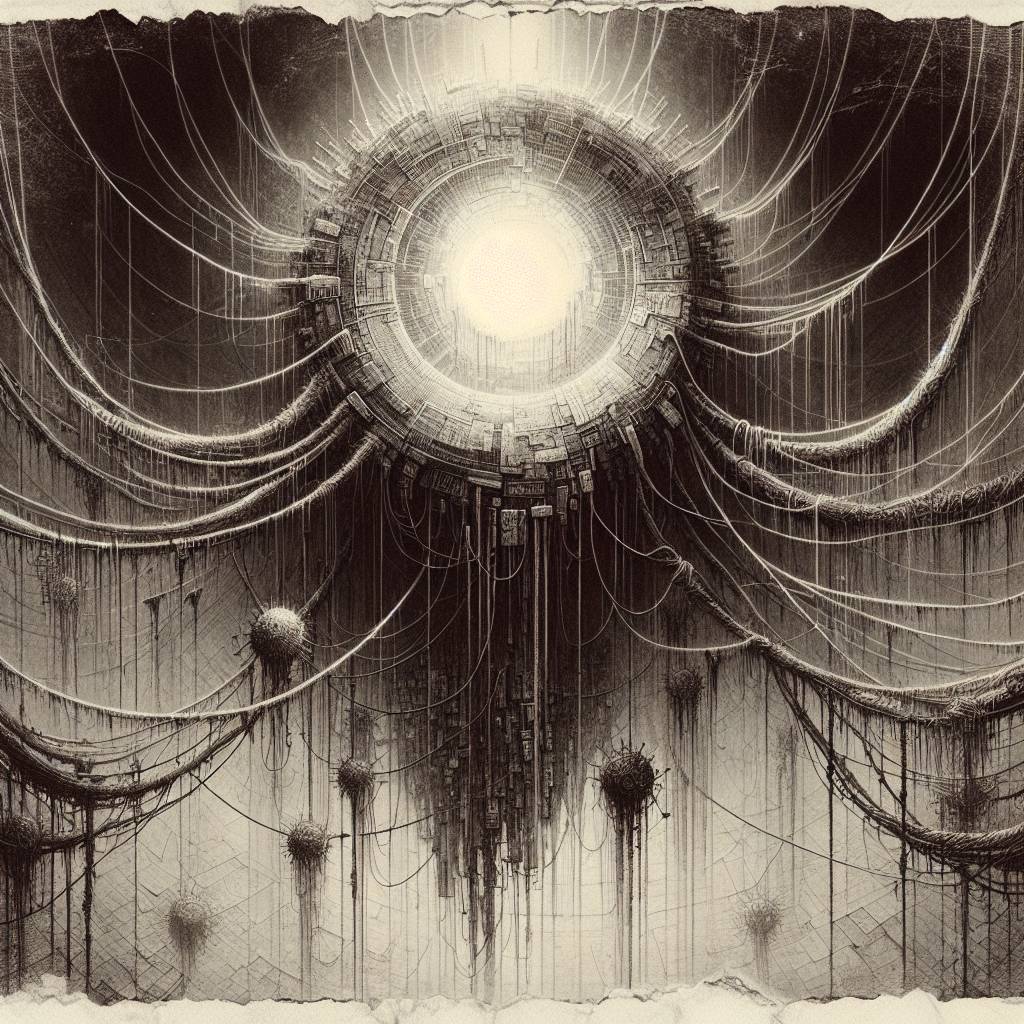DNSSEC: The Internet’s Most Neglected Security Feature?
Turning on DNSSEC is like installing a security system with no alarms or flashing lights—it’s there, but no one notices. While DNSSEC aims to secure domain name translations, its low adoption rate speaks volumes. Users want visible security like HTTPS’s padlock, not invisible assurances. DNSSEC’s lack of visibility is its Achilles’ heel.

Hot Take:
DNSSEC: The cybersecurity underdog nobody asked for, and yet here we are. While it might have been designed to save the day, it’s mostly just been benched, watching HTTPS get all the glory. Maybe DNSSEC needs a better marketing team or some snazzy icons to make it visible to the average user. Until then, it’s like the kale of cybersecurity—people know it’s good for them, but they’re not quite convinced to embrace it.
Key Points:
- DNSSEC is struggling with an adoption rate of only 34%, while HTTPS shines with 96% among top websites.
- DNSSEC lacks user visibility, which is a major hurdle for its widespread acceptance.
- Unlike TLS, DNSSEC doesn’t offer a user-friendly icon or direct reassurance of secure connections.
- DNS traffic modification remains a tool for censorship, highlighting the need for DNS security.
- DNSSEC could complement DNS over HTTPS (DoH) and DNS over TLS (DoT) for enhanced security.
